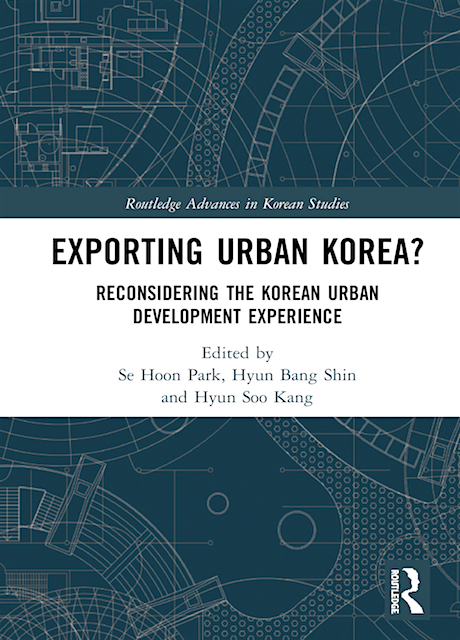With Su Kim
Emerging Civic Urbanisms in Asia: Hong Kong, Seoul, Singapore, and Taipei beyond Developmental Urbanization, pp. 196-94
Im Sik, Cho, Blaž Križnik, Jeffrey Hou (eds.)
Amsterdam University Press | Amsterdam | 2022 | ISBN 9789463728546
State and markets drove urban development in South Korea for decades, giving little voice to citizens. Recently, citizens have become increasingly engaged in shaping their living environment. While the enabling role of the state in expanding citizen participation is well acknowledged, the importance of community movements has been overlooked. The chapter explores community movements in Seoul and their relations with the state to better understand their contribution to the recent surge of civic urbanism in the city. Comparison of neighbourhood community building in Seoul shows that civic urbanism, while marginalized in the past, has re-emerged as an integral part of urban governance. The chapter also suggests that the growing institutionalization of civic urbanism can weaken its transformative potential to build inclusive and resilient neighbourhoods and cities.
Source: doi.org/10.5117/9789463728546.
Author’s copy is also available for download.

 Markets used to be the major drive behind the transformation of localities in Korea. The state facilitated the commodification of localities through property-led urban redevelopment, which resulted in the demolition of deprived residential areas, displacement of the residents, heightened social conflicts, and destruction of social relationship networks. At the same time, localities were sites of grassroots struggles that challenged the state and struggled against the commodification of localities. Recently, the state recognized the negative consequences of urban redevelopment and started to promote state-led urban regeneration to improve the living environment and restore communal life in the cities. This chapter examines the changing relations between the state, property markets and community and their role in the transformation of localities and urban development in Seoul. The comparison of Songhak Maeul and Seowon Maeul shows that the state involvement had a significant impact on the transformation of localities. While the role of state is important, the chapter also argues that the significance of grassroots struggles in the transformation of localities should not be overlooked. Recognizing localities as sites of community engagement could contribute to a more comprehensive understanding of urban development and international development cooperation in Korea, as their success has often been attributed to the state and property markets without much consideration of the state–community relationship in building sustainable cities.
Markets used to be the major drive behind the transformation of localities in Korea. The state facilitated the commodification of localities through property-led urban redevelopment, which resulted in the demolition of deprived residential areas, displacement of the residents, heightened social conflicts, and destruction of social relationship networks. At the same time, localities were sites of grassroots struggles that challenged the state and struggled against the commodification of localities. Recently, the state recognized the negative consequences of urban redevelopment and started to promote state-led urban regeneration to improve the living environment and restore communal life in the cities. This chapter examines the changing relations between the state, property markets and community and their role in the transformation of localities and urban development in Seoul. The comparison of Songhak Maeul and Seowon Maeul shows that the state involvement had a significant impact on the transformation of localities. While the role of state is important, the chapter also argues that the significance of grassroots struggles in the transformation of localities should not be overlooked. Recognizing localities as sites of community engagement could contribute to a more comprehensive understanding of urban development and international development cooperation in Korea, as their success has often been attributed to the state and property markets without much consideration of the state–community relationship in building sustainable cities.